To weave or not to weave (Vines)
Michael AKA Leekle2ManE
10 years ago
Related Stories

RUGSGuest Picks: Top 20 Flat-Weave Rugs
These 20 favorite flat-weave rugs in different patterns and colors match any style
Full Story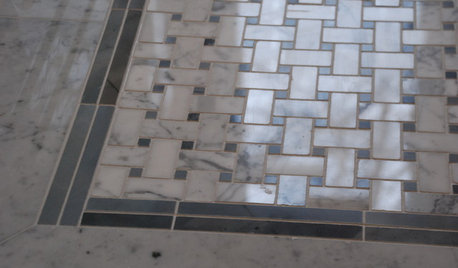
BATHROOM DESIGN'Weave' Stone Tile for an Elegant Bath
Basketweave Mosaics Add Style and Dimension to a Tile Floor
Full Story
PRODUCT PICKSGuest Picks: Weave In the Tapestry Trend
Give your home decor the look of woven wonders even if you don't want a real stitch in sight
Full Story
DECORATING GUIDESWeave Decorating Magic With This Go-Anywhere Interlocking Pattern
Bold and graphic or muted and subtle, trellis patterns are a great addition to a room and are enjoying a style moment right now
Full Story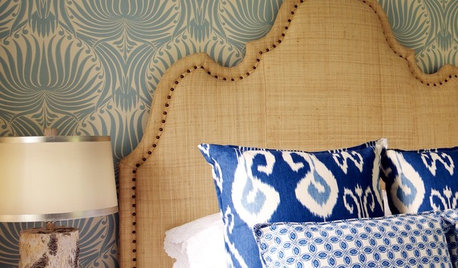
DECORATING GUIDESWeave Raffia Into Your Interiors for Natural Appeal
Still tied to the idea of raffia for just gift wrapping? You're missing out on gorgeous fabrics, accessories and even wall coverings
Full Story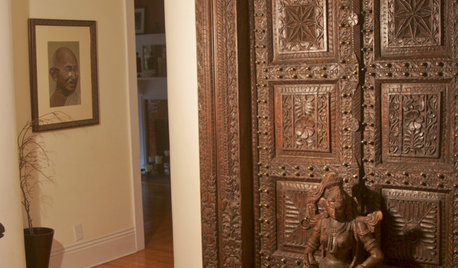
DECORATING GUIDESWeave Designs from India Into Your Decor
Work carved woods, patterned textiles or hints of bling into your modern space for an ethnic-inspired visual tapestry
Full Story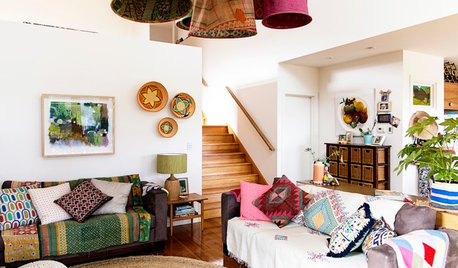
ECLECTIC HOMESMy Houzz: Home Weaves a Tapestry of Color and Texture
Crafts, collectibles and souvenirs add a playful vibe to a light-filled home in the hills of Victoria, Australia
Full Story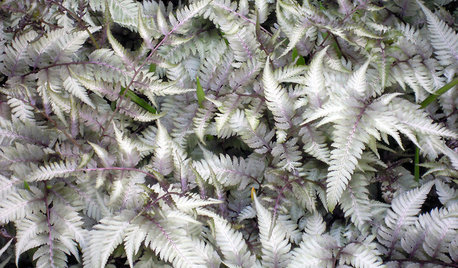
GARDENING GUIDESGreat Design Plant: Japanese Painted Fern Weaves a Garden Tapestry
Bring striking colors and texture to your woodland garden with Athyrium niponicum var. pictum
Full Story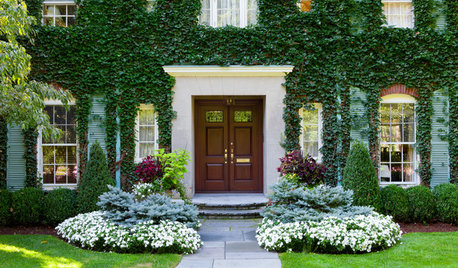
EXTERIORSCare and Training for a Vine-Covered Home
Love the look but don’t want the ruin? Learn how to have vine-draped walls without all the cracks and crumbling
Full Story
DECORATING GUIDESTextile Textbook: Get Ready to be Wooed by Wovens
We break down the three basic weaves and show how to use woven fabrics in your home
Full StoryMore Discussions









jane__ny
L_in_FL
Related Professionals
Norton Shores Landscape Architects & Landscape Designers · Redondo Beach Landscape Architects & Landscape Designers · Essex Landscape Contractors · Lancaster Landscape Contractors · Mastic Beach Landscape Contractors · New Braunfels Landscape Contractors · Panama City Beach Landscape Contractors · Paterson Landscape Contractors · Peachtree City Landscape Contractors · Saint Paul Landscape Contractors · San Antonio Landscape Contractors · Santa Maria Landscape Contractors · Woodland Landscape Contractors · Annapolis Siding & Exteriors · Fairfax Siding & ExteriorsMichael AKA Leekle2ManEOriginal Author